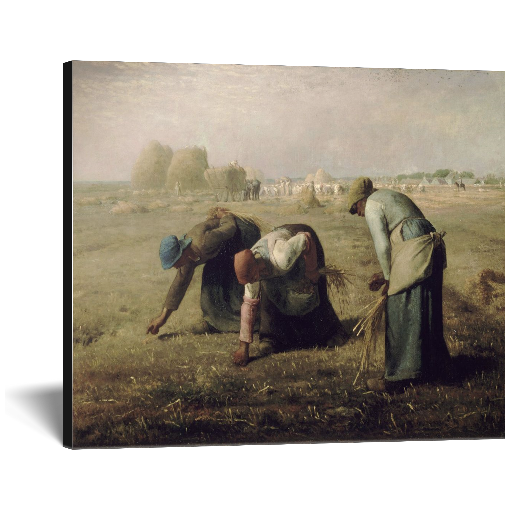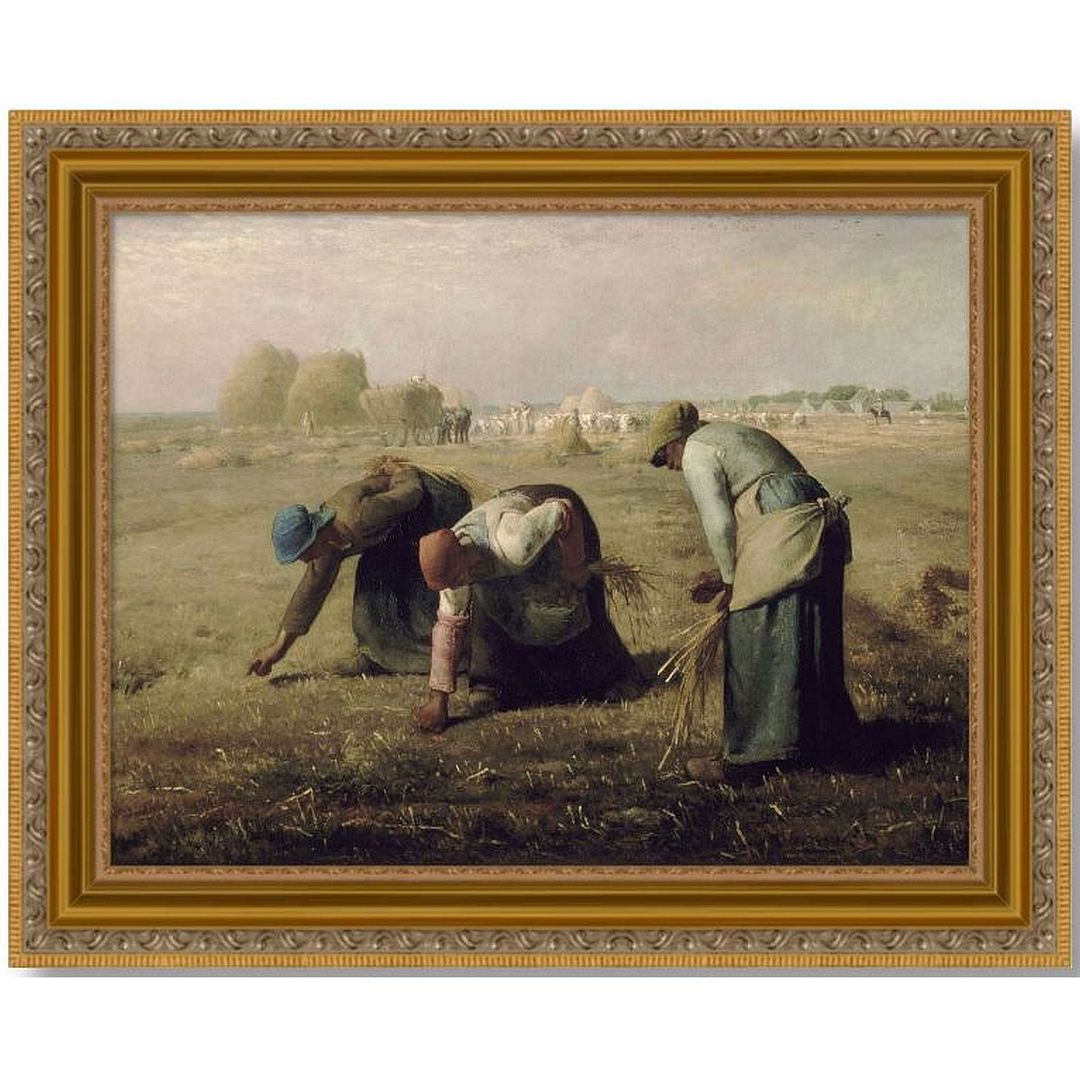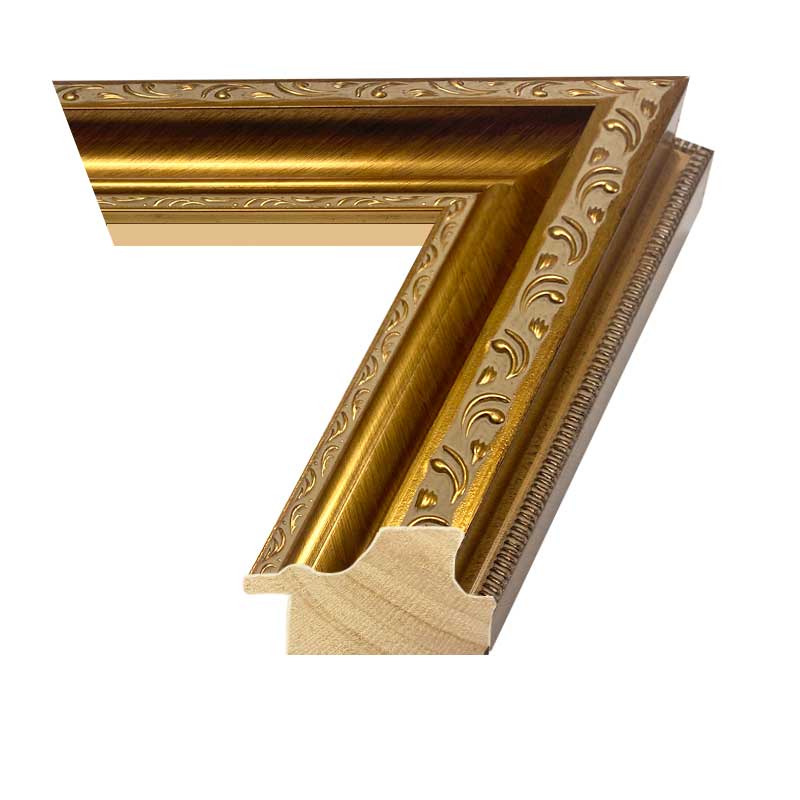The Gleaners - Jean-François Millet (c. 1857)
The Gleaners - Jean-François Millet (c. 1857)
Couldn't load pickup availability
Made in USA
Options:
1) Stretched Mounted 3/4" Thick.
2) Ornate Gold 2" Gold Leaf Gilded Wood Frame by Universal Arquati.
17" x 13" Artwork on Scratch-Resistant True-Matte Archival Canvas. Our true-matte canvas is a well-textured 19 mil bright white, consistent poly-cotton blend with a real matte look and feel. Utilizing newer giclée technology, this is one of the first scratch-resistant matte canvases available. With an eye-popping color gamut and dmax, coupled with critical archival certification and the ability to apply a laminate hassle-free, it sets a new standard of exceptionalism in fine art. Internally, we refer to this masterful blend of artistry and engineering as "the game changer" that will capture every nuance in your images.
----------------------------------------
The Gleaners is famous for featuring in a sympathetic way what were then the lowest ranks of rural society; this was received poorly by the French upper classes.
Gleaning was the centuries-old right of poor women and children to remove the bits of grain left in the fields following the harvest. Millet found the theme an eternal one, linked to stories from the Old Testament.
A warm golden light suggests something sacred and eternal in this daily scene where the struggle to survive takes place. He thus juxtaposes the three phases of the back-breaking repetitive movement imposed by this thankless task: bending over, picking up and straightening up again.
Their austerity contrasts with the abundant harvest in the distance: haystacks, sheaves of wheat, a cart and a busy crowd of harvesters. The festive, brightly lit bustle is further distanced by the abrupt change of scale.
The slanting light of the setting sun accentuates the volumes in the foreground and gives the gleaners a sculptural look. It picks out their hands, necks, shoulders and backs and brightens the colours of their clothing.
Then Millet slowly smudges the distance into a powdery golden haze, accentuating the bucolic impression of the scene in the background.
The man on horseback, isolated on the right, is probably a steward. In charge of supervising the work on the estate, he also makes sure that the gleaners respect the rules governing their task. His presence adds social distance by bringing a reminder of the landlords he represents.
When The Gleaners was first exhibited in 1857 it met with mixed reviews within the art world.
Some commentators attacked its depiction of the poor, which on the one hand were taken to be a threat to society, and on the other hand were considered the kind of grotesques who had no place within the artistic realm.
An art critic named Paul de Saint Victor said the following:
“His three gleaners have gigantic pretensions, they pose as the Three Fates of Poverty … their ugliness and their grossness unrelieved.”
Original painting is on display at Musée d'Orsay, Paris, France.
Share






